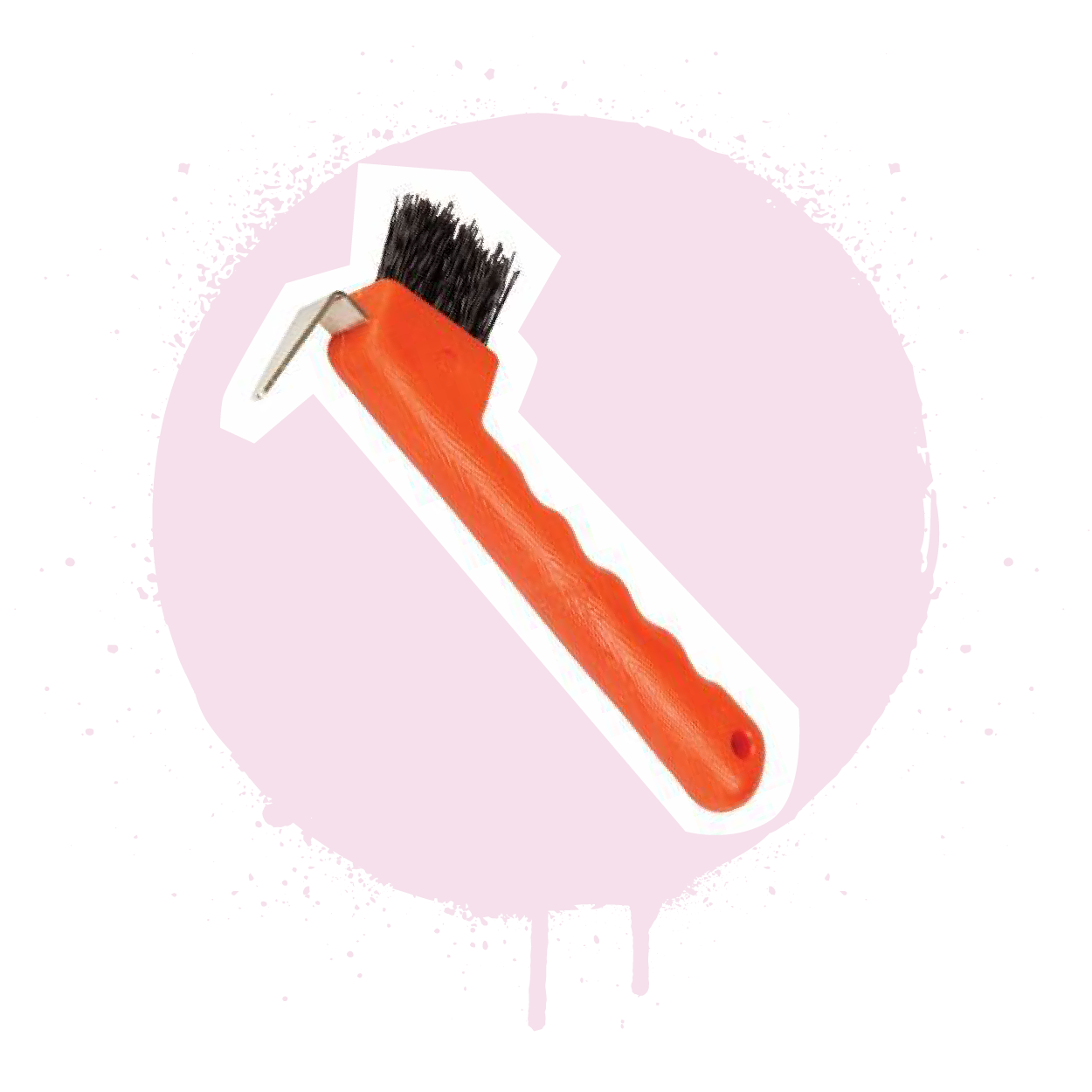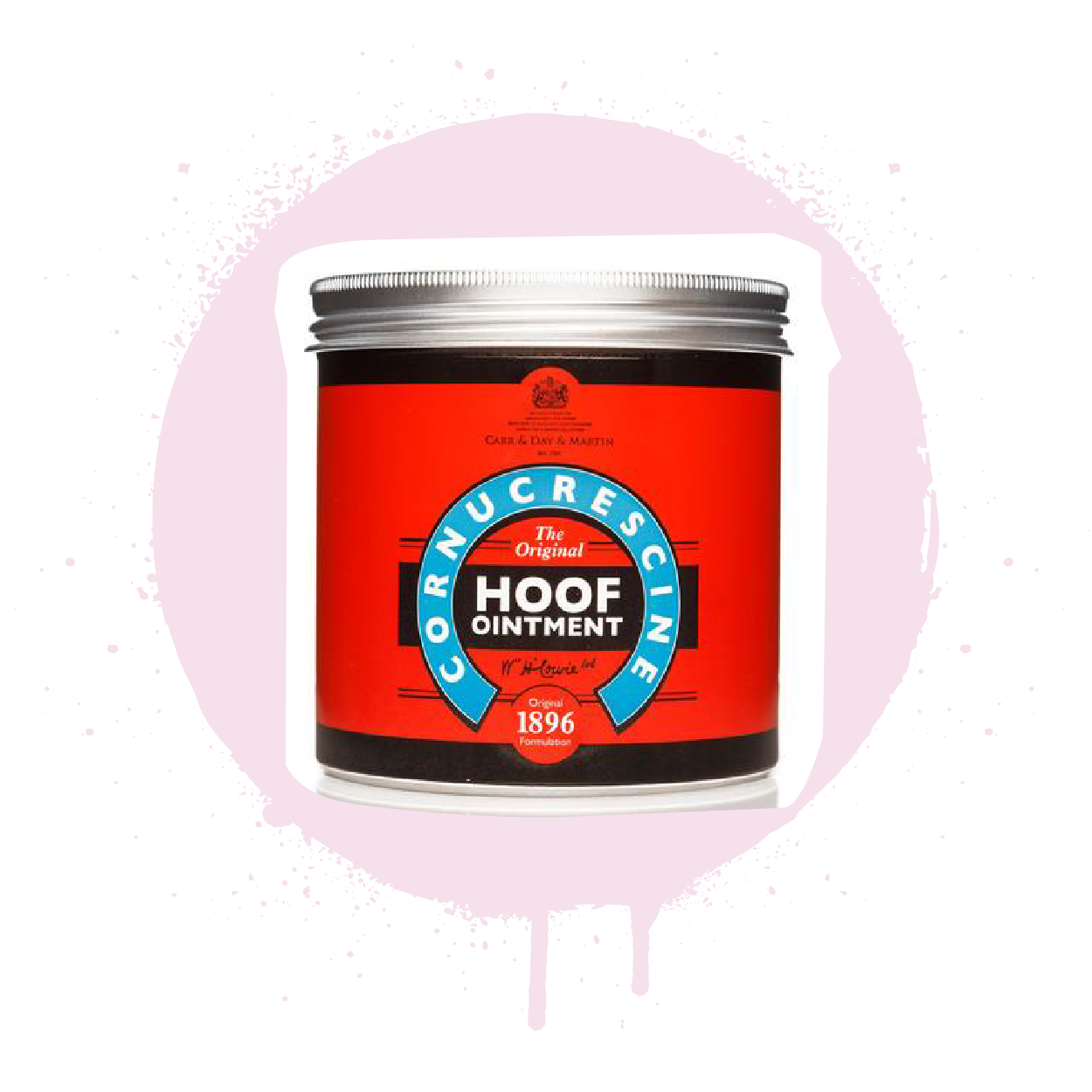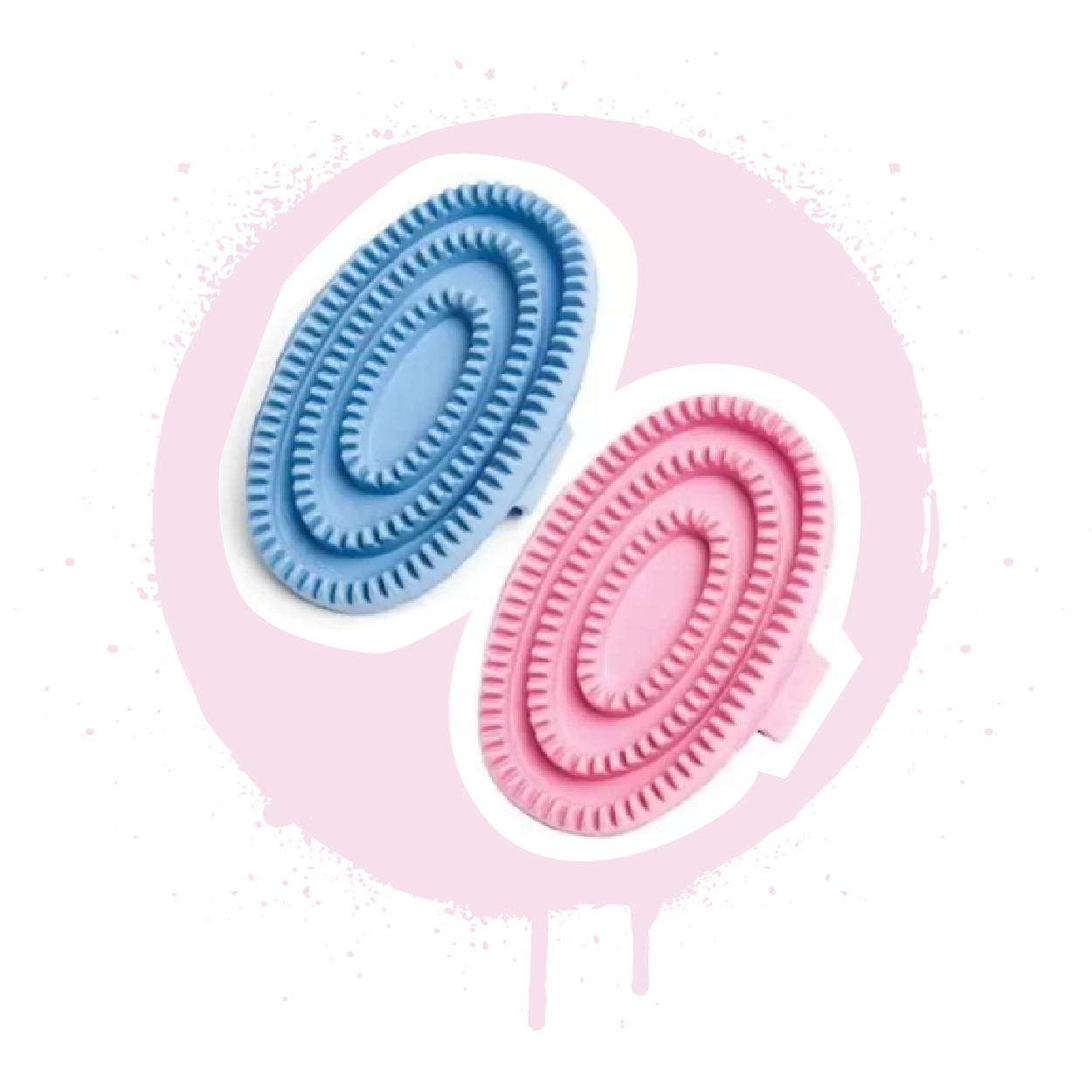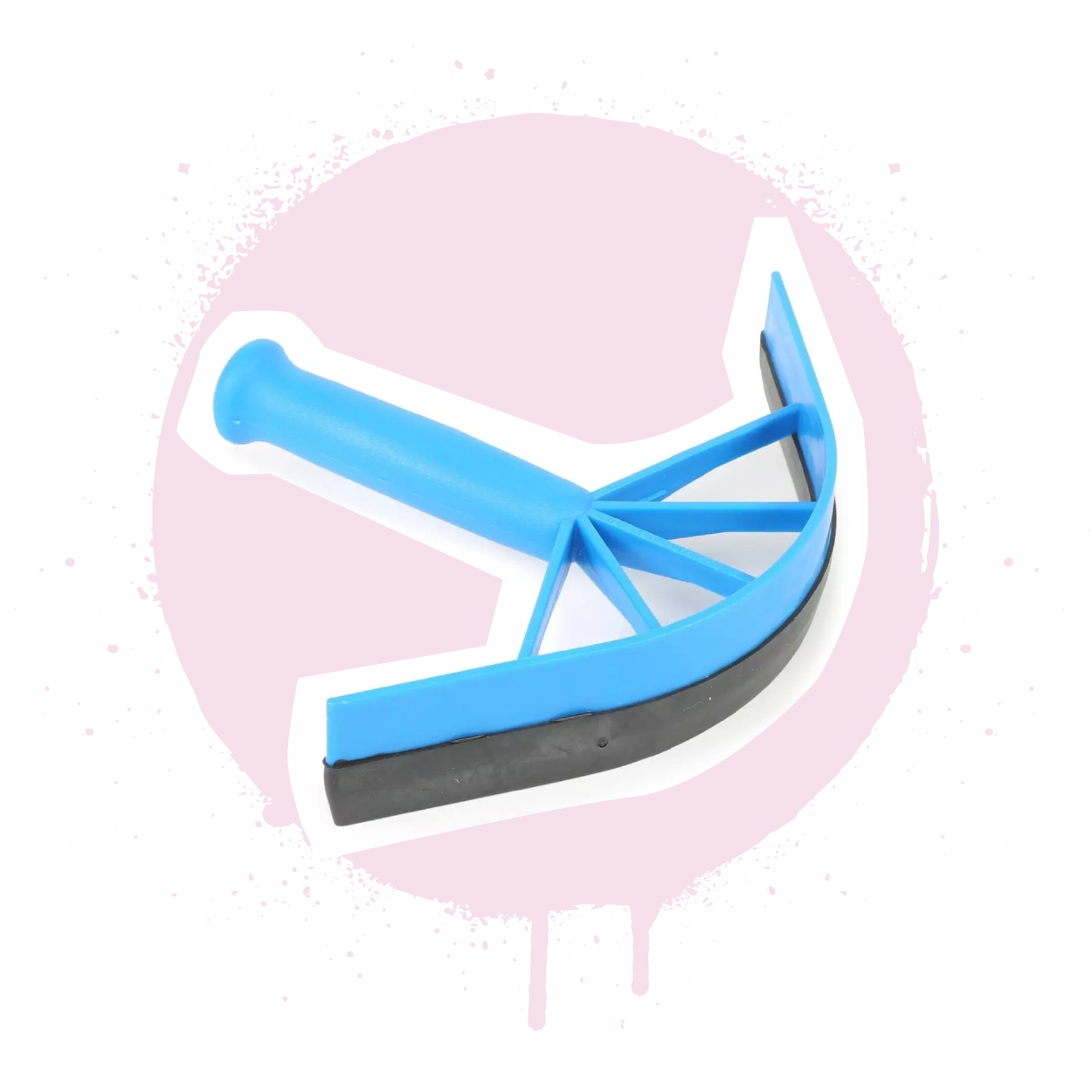23rd April 2025
Advert: April 2025
Whether you’re a new or experienced horse owner, you’ll already know the importance of finding suitable stabling and providing the right nutrition for your horse or pony. Yet have you ever stopped to consider the significance of grooming in terms of your horse’s health and wellbeing?
Explore the reasons it’s essential to groom your horse, the items you need in a grooming kit, and a basic step-by-step guide to the grooming process…
Don’t forget! If you see a word or phrase you’re not familiar with, you can check out our equestrian glossary for a definition.
Why is it important to groom your horse?
Though there are so many reasons it’s vital to groom your horse or pony, we’re going to focus on five of the biggest benefits for both of you, including:
1. Improving your horse’s skin health and coat condition – the action of brushing your horse helps to stimulate blood flow, which massages muscles and promotes the development of natural oils.
2. A chance to check for signs of injury – even a quick groom enables you to get up close enough to check their face, body, legs, and hooves for any injuries.
3. To clean their coat before tacking them up – making sure your horse’s coat is completely clean and free of dust, dirt, and debris can prevent the development of rubbing injuries (like girth galls).
4. Developing a stronger bond with your horse – grooming is a positive social interaction that builds a powerful level of trust and companionship that’s needed to succeed as a partnership.
5. An opportunity to review your horse or pony’s body condition – regular grooming empowers you to assess their body condition score, and take action to manage their weight safely if you notice any changes.
Grooming kit checklist


- Hoof dressing (with a hoof brush!) – to maintain your horse’s hooves in a healthy condition. This can come as a balm or an oil.
- Curry comb – a hardy brush designed for removing loose hair and mud; only to be used on your horse’s neck, shoulders, back, and hindquarters.


- Miracle brush – a multi-purpose brush that’s tough on stubborn stains yet gentle on your horse or pony’s coat; though it’s also suitable to use while shampooing and for removing horse hair from saddle pads.
- Dandy brush – a brush with stiff bristles that removes mud, sweat, and dust from your horse’s neck, shoulders, back, girth area, and hindquarters.


- Body brush – a soft bristled brush that removes surface dust from their whole body, leaving their coat shining.
- Mane and tail comb – available in different styles, this grooming tool detangles your horse’s mane and tail.


- Solo comb – is a humane grooming tool used to thin and trim your horse’s mane precisely for a super smart finish.
- Horse-safe shampoo (and sponges!) – the quickest way to get your horse’s coat sparkling is to bathe them using a specialist shampoo made specifically for use on horses.


How to groom your horse, step by step guide
Each owner tends to follow their own, unique process when grooming their horse or pony, though you'll find our basic step-by-step guide to the grooming process below:
Step 1 – Tie your horse up safely.
Your horse should be wearing a comfortable headcollar, with a lead rope tied in a quick-release knot through a safety-release tie ring (or bailing twine that’ll snap in an emergency).
Step 2 – Pick out your horse’s hooves.
Stand next to your horse, facing their tail, then gently run your hand down the back of their leg and prompt them to lift it. Once your horse has lifted their leg, hold their hoof in your outside hand so you can slide your inside hand around their leg to support their hoof from underneath. Your inside arm should be in a position that can be easily and swiftly moved out of the way in case your horse spooks or kicks out. Then, using your hoof pick, clean your horse’s hoof in a downward motion, away from you, while avoiding contact with the sensitive V-shaped ‘frog’ in the centre of their hoof.
Step 3 – Clean surface mud, dust, and dirt from their coat.
Using a curry comb on your horse’s neck, shoulders, back, and hindquarters (avoiding sensitive areas like their face and legs), clean away any dirt or debris from their coat.
Step 4 – Removal of dry dirt or debris from their coat.
Flick dry sweat, mud, and dust off your horse’s coat with a dandy brush. Then, remove any remaining dust from their coat (including sensitive areas like their face, girth, and legs) with a body brush.
Step 5 – Brushing their mane and tail.
Depending on the thickness and condition of their hair, you may want to use a conditioning or detangling spray on their mane and tail before combing or brushing. Gently detangle your horse’s mane and tail with a mane and tail comb. (You could also use this step as an opportunity to trim and tidy your horse’s mane and/or tail with a solo comb every so often!)
Step 6 – Removal of dust from your horse’s hooves.
Clear any dust (following the grooming process) from the outer areas of your horse’s hooves with a hoof pick brush, then apply a hoof dressing with a clean hoof brush.
EXTRA Step 7 – You could finish your horse’s grooming session with some fly spray during spring, summer, and autumn months, when flies are a problem.
From equine first aid to worming your horse, check out our advice articles for handy hints and tips!
This AFI webpage uses affiliate links for VioVet. This means that if you buy something through these links, we may earn a commission.
Keep your horse cool in the summer
Check out our top tips on keeping your horse safe, happy and healthy in a heatwave...
